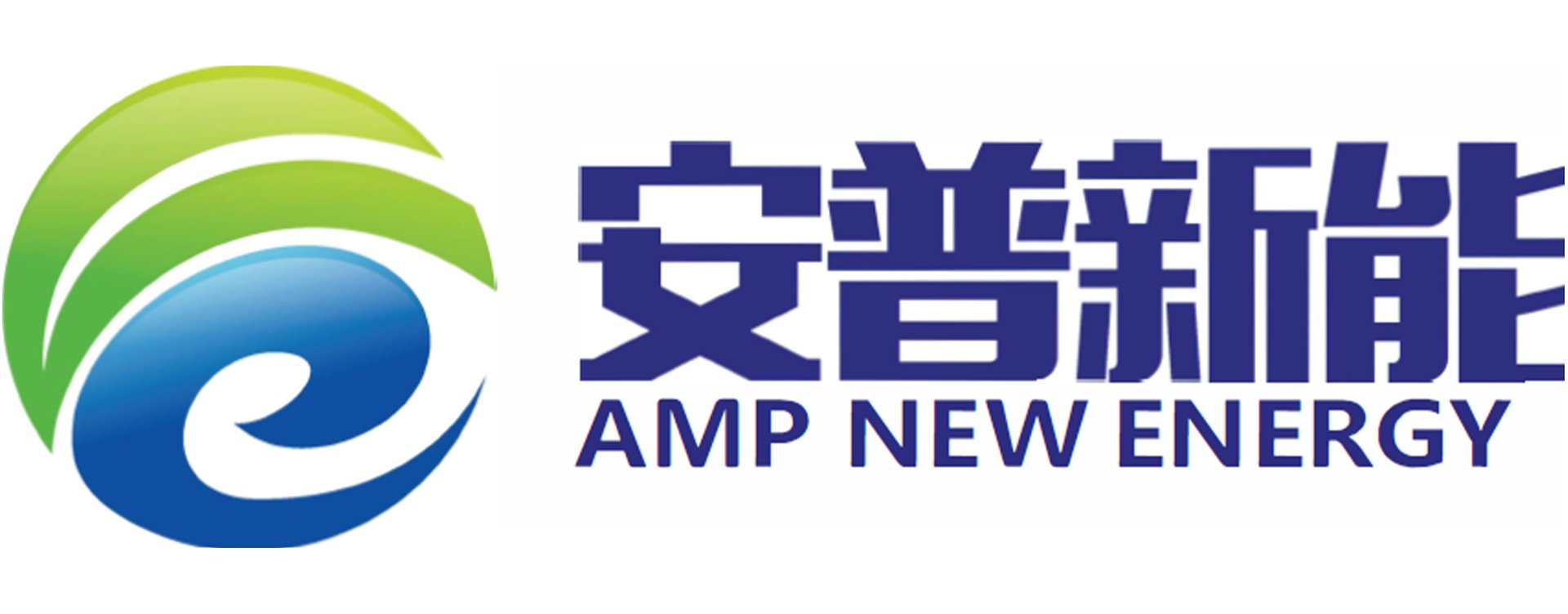A lithium-ion battery is a popular type of rechargeable battery that is widely used in various industries. Its high-energy density, low self-discharge rate, and long cycle life make it the preferred choice for electric vehicles, portable electronics, and stationary energy storage applications. But have you ever wondered what the positive pole material in a lithium-ion battery is? In this article, we will dive into the specifics of what the positive pole material is, why it is important, and how it affects the performance and characteristics of a lithium-ion battery.
The Basics of a Lithium-Ion Battery
Before we discuss the positive pole material of a lithium-ion battery, let’s first understand the basic components and principles of this type of battery. A typical lithium-ion battery consists of a negative electrode (anode), a positive electrode (cathode), a separator, and an electrolyte. When the battery is charged, lithium ions flow from the positive electrode to the negative electrode through the separator, which is usually a porous film that prevents the two electrodes from touching each other. When the battery is discharged, the lithium ions flow from the negative electrode to the positive electrode, generating an electrical current that can power a device. The energy storage capacity and performance of a lithium-ion battery depend on the materials used in its electrodes and electrolyte, as well as the design and manufacturing process.
The Role of the Positive Pole Material
The positive pole material, also known as the cathode material, is one of the two electrodes in a lithium-ion battery. Its main function is to store and release lithium ions during charge and discharge cycles. The specific chemical composition and structure of the positive pole material determine its voltage, energy density, power density, and safety characteristics. Therefore, choosing the right positive pole material is crucial for the performance, reliability, and cost-effectiveness of a lithium-ion battery for a specific application. Some of the most commonly used positive pole materials in lithium-ion batteries are:
Lithium Cobalt Oxide
Lithium cobalt oxide (LiCoO2) is one of the first positive pole materials used in commercial lithium-ion batteries. It has a high specific energy density and stable cycling performance, but it is expensive and has some safety issues related to thermal stability and oxygen release. LiCoO2 is typically used in consumer electronics and medical devices that require high energy density and relatively low power.
Lithium Manganese Oxide
Lithium manganese oxide (LiMn2O4) is a less expensive and safer alternative to LiCoO2. It has a lower specific energy density but higher power density, making it suitable for applications that require high power and moderate energy, such as power tools and hybrid cars. It also has excellent thermal stability and good cycling performance but is prone to structural degradation and capacity fading over time.
Lithium Iron Phosphate
Lithium iron phosphate (LiFePO4) is another popular positive pole material for lithium-ion batteries. It has a lower specific energy density than LiCoO2 but higher power density and thermal stability. It is also safer and more environmentally friendly than other positive pole materials, as it contains non-toxic and abundant elements. LiFePO4 is commonly used in electric vehicles, renewable energy systems, and backup power systems that require high power and safety.
Lithium Nickel Manganese Cobalt Oxide
Lithium nickel manganese cobalt oxide (LiNiMnCoO2), also known as NMC, is a versatile positive pole material that combines the advantages of LiCoO2, LiMn2O4, and LiNiO2. It has a high specific energy density, good power density, and excellent cycling performance. It is also less expensive than LiCoO2 and has a longer lifespan than LiMn2O4. NMC is used in a wide range of applications, from electric bikes and drones to grid-scale energy storage systems.
Lithium Nickel Cobalt Aluminum Oxide
Lithium nickel cobalt aluminum oxide (LiNiCoAlO2), also known as NCA, is a positive pole material that is similar to LiCoO2 in terms of energy density and voltage but has a higher thermal stability and lifespan. NCA is used primarily in electric vehicles and some consumer electronics that require high energy density and power, such as laptops and smartphones.
Conclusion
In summary, the positive pole material in a lithium-ion battery plays a critical role in its performance, safety, and cost. The choice of positive pole material depends on the specific application requirements and trade-offs between energy density, power density, thermal stability, lifespan, and cost. Some of the most common positive pole materials in lithium-ion batteries include lithium cobalt oxide, lithium manganese oxide, lithium iron phosphate, lithium nickel manganese cobalt oxide, and lithium nickel cobalt aluminum oxide. Choosing the right positive pole material is an important factor in maximizing the efficiency and reliability of lithium-ion batteries.

